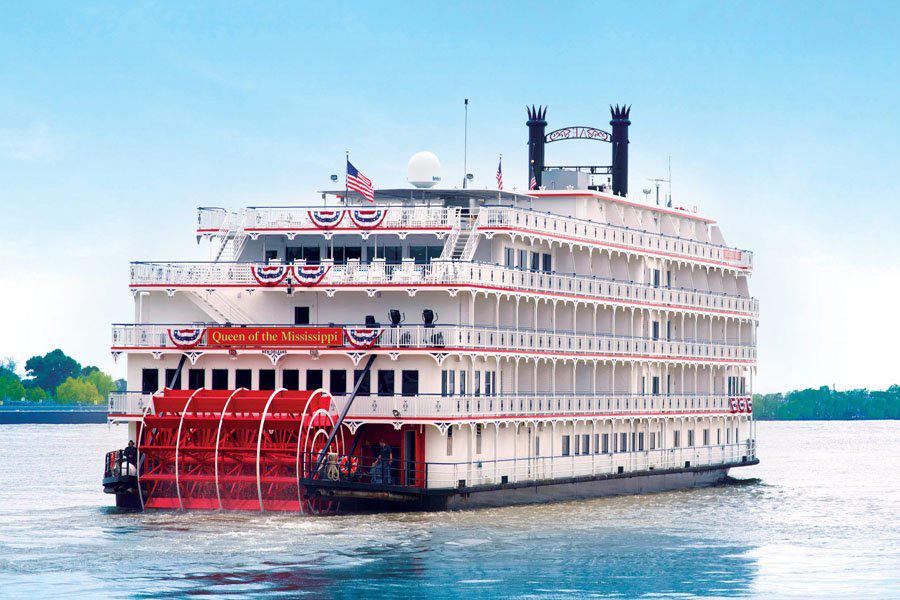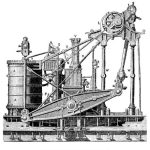The paddle-wheel possessed many practical disadvantages which interfered with progress beyond a certain point. Its performance was much affected by the variation of draught of the ship during a voyage, as the coal and stores were consumed, and the paddle-boxes offered resistance to the progress of the vessel. For fighting ships paddle-wheels were particularly unsuitable. The wheels themselves were exposed to danger from shot and shell, and the paddle-boxes interfered seriously with the training and working of the guns, while the shafting and many parts of the engines had to be considerably above the water-line, much of it above the upper deck. The paddle-wheel also is not a form of propeller well adapted for the application of high powers.
Adoption of the screw propeller
The adoption of the screw propeller in lieu of the paddle-wheel was the most important step taken in the progress of marine engineering, for this rendered many subsequent advances posslble. Its principal advantages, as compared with the paddle-wheel, are, that it is comparatively little affected by the rolling, or by the variation of the draught of the ship during a voyage, and it is equally capable of application to either great or small powers. It is not exposed to damage by projectiles, and also permits of the engines being kept below the water-line, which is very important in unarmoured warships.
Screw engines, whether horizontal or vertical, can be further protected, if necessary, by being kept below the steel armour deck, with armour gratings in the necessary engine-room hatchways and other openings, while in the larger class of war vessels, such as the battleships and large cruisers, their height is so moderate that efficient protection can be given them by armour, even when the engines are vertical and the cylinders above the water-line. With screw engines the decks are also kept clear for the guns.
The substitution of the screw propeller for the paddle-wheel began to grow general about the period 1845-50. The screw propeller had been invented long before, but its practical utility had not been generally recognised, and it was still regarded as being in the experimental stage. The first notable experiments as to the comparative efficiencies of paddle-wheels and screw propellers were made in 1840, when the ‘Archimedes,’ with a screw propeller, beat the paddle-wheel boat ‘Ariel’ between Dover and Calais by five to six minutes under steam and sail. The ‘Archimedes’ afterwards beat the paddle-wheel steamers ‘Beaver’ and ‘Swallow,’ but was beaten slightly by the ‘Widgeon.’
The Admiralty, in 1843, caused some important experiments to be carried out with the screw ship ‘Rattler ‘ and the paddle-wheel ship ‘Alecto,’ and, in 1849, with the screw ship ‘Niger’ and paddle-wheel vessel ‘Basilisk.’ The results in each case were in favour of the screw propeller, and many valuable conclusions were deduced from the trials.

From that time the use of the screw propeller gradually became more general, till at the present day it is almost solely employed for marine propulsion, the paddle-wheel only being applied in special cases. It is not too much to say that ships of the class now traversing the ocean in all directions, both in the royal and mercantile navies, would not have been possible had not the screw superseded the paddle.



Comments are closed